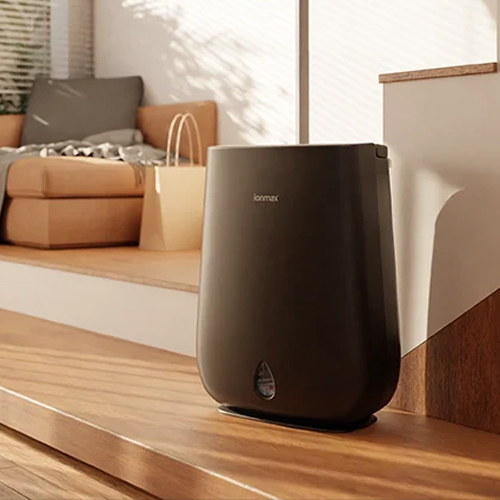My Cart
Your cart is empty
Congrats!
You've qualified for free shipping!
Nearly there!
Your cart is empty
Congrats!
You've qualified for free shipping!
Nearly there!
Your cart is empty
Congrats!
You've qualified for free shipping!
Nearly there!

Free Delivery

A Dehumidifier decreases the humidity (moisture) in a room. By reducing condensation and damp they help prevent mould & mildew, and dust mite activity - which can help people with breathing, sinus and skin problems.

|
Our dehumidifier range includes brands that have a track record of reliability and performance including: Ionmax and Philips.
In summer a dehumidifier prevents those hot sticky nights and will help you get to sleep and remain asleep
In winter a dehumidifier prevents condensation, the growth of mould and mildew and their associated health complications.
Read our customer's dehumidifier reviews for each model and hear what results they have experienced.
We provide fast dehumidifier delivery Australia wide including: Melbourne, Sydney, Central Coast, Brisbane, Gold Coast, Cairns, Perth, Adelaide, Canberra, and Hobart as well as all other metro and urban areas.
Sleep Solutions is NDIS Registered and Approved